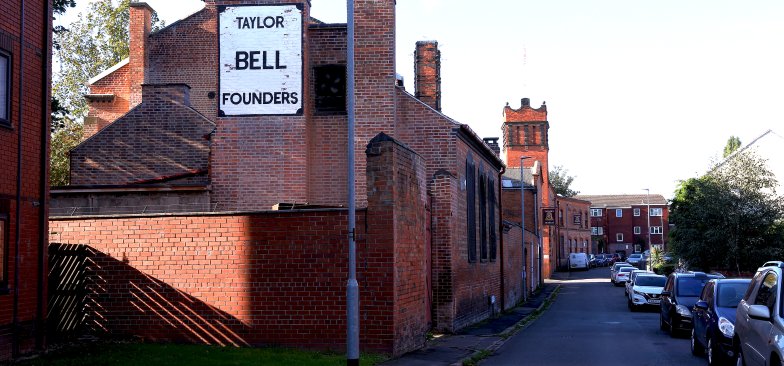
Loughborough began as a Saxon village. At the time of the Domesday Book (1086), Loughborough probably had a population of about 180-200.
Loughborough Grammar School was founded by a wool merchant named Thomas Burton. Like all Tudor towns, Loughborough suffered from outbreaks of plague. It struck the town in 1558, 1602-1603, 1609, and 1631. Each time the plague struck there were many deaths. Nevertheless each time the population of Loughborough recovered.
Loughborough also suffered a severe fire in 1622, which destroyed many buildings.
From the late 17th century there were framework knitters in Loughborough. They worked in their own homes making woollen stockings, although the industry became mechanised in the 19th century.
The first purpose-built theatre in Loughborough was erected in 1771 and Loughborough Canal opened in 1778. The railway reached Loughborough in 1840 and the Town Hall was built in 1855. Then in 1888 Loughborough was made a borough. From the late 19th century an engineering industry grew up in the town.
Loughborough is synonymous with bell making and is home to the last work bell foundry in the UK - John Taylor & Co - which moved to the town in 1855. Taylor bells hang in nearly every cathedral in England and thousands of parish churches, from London's St. Paul's Cathedral to York Minster and from Truro's Cathedral to Newcastle's. Taylor's bells also feature in Loughborough's Carillon Tower in Queen's Park.
In the 20th century, Loughborough was noted for its engineering industry and its pharmaceuticals industry. In 1998, a bronze sculpture called The Sock by Shona Kinloch was unveiled in Loughborough. Charnwood Museum opened in 1999 based in the former town swimming baths.
For more information about local history in Loughborough, visit the Loughborough History and Heritage Network website. The Loughborough Library Local Studies Volunteers also have a wealth of knowledge about our local history.




